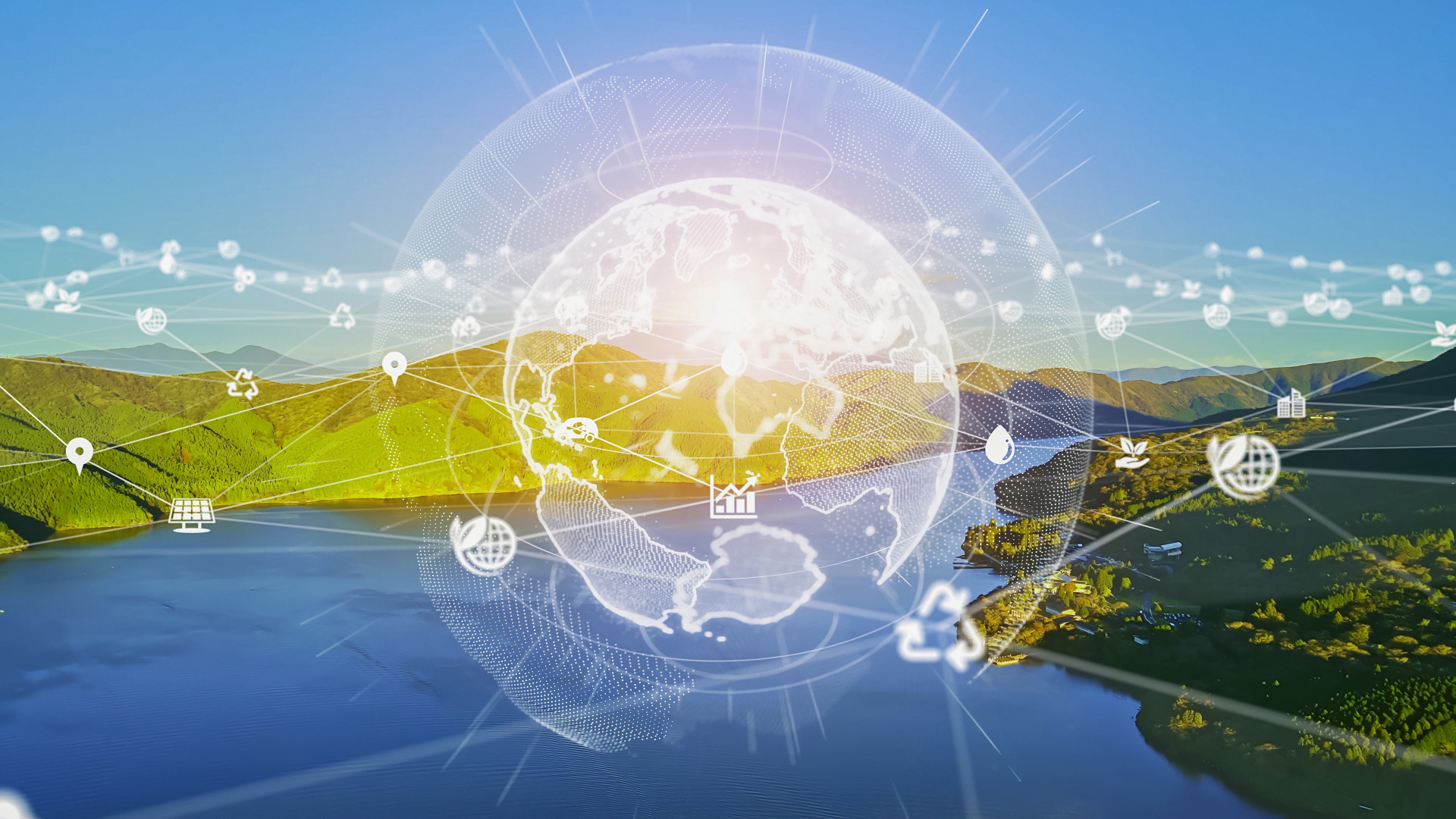Introduction:
Water scarcity is a pressing global issue that demands innovative solutions. In this context, the integration of Internet of Things (IoT) technology has emerged as a powerful tool for sustainable water management and conservation. This article explores the role of IoT in addressing water challenges and highlights its potential to revolutionize the way we monitor, analyze, and conserve water resources.
IoT in Water Management:
Smart Sensors and Data Collection:
- IoT-enabled sensors can be deployed in water infrastructure to gather real-time data on water quality, usage, and distribution. These sensors provide valuable insights into consumption patterns, leak detection, and overall system efficiency. With precise data, authorities can make informed decisions to optimize water usage.
Remote Monitoring and Control:
- IoT enables remote monitoring and control of water systems. This allows authorities to manage water resources efficiently, respond promptly to issues, and adjust distribution in real-time. For instance, automated valves can be controlled remotely based on the data received from sensors, ensuring a swift response to changing conditions.
Predictive Analytics:
- Advanced analytics powered by machine learning algorithms can predict water consumption patterns and potential system failures. By analyzing historical data, IoT systems can forecast demand, identify trends, and proactively address issues before they escalate, improving overall water system resilience.
Smart Irrigation Systems:
- Agriculture is a significant consumer of water. IoT-based smart irrigation systems can optimize water usage by considering weather conditions, soil moisture levels, and crop requirements. Precision irrigation reduces wastage and ensures that crops receive the right amount of water, contributing to sustainable agricultural practices.
Consumer Engagement:
- IoT can empower consumers to actively participate in water conservation efforts. Smart meters and home automation systems allow individuals to monitor their water usage in real-time. This awareness encourages responsible consumption habits, leading to reduced water waste at the household level.
Water Quality Monitoring:
- Ensuring the quality of water is crucial for both human consumption and ecosystem health. IoT devices can continuously monitor water quality parameters such as pH, turbidity, and chemical composition. Rapid detection of contamination allows for immediate action, preventing the spread of waterborne diseases.
Challenges and Considerations:
Security and Privacy:
- As with any IoT application, ensuring the security and privacy of the collected data is paramount. Robust encryption and authentication mechanisms must be in place to protect sensitive information.
Interoperability:
- The integration of diverse IoT devices and platforms requires standardization to ensure seamless communication. Interoperability standards should be established to enable different components to work together effectively.
Energy Consumption:
- Many IoT devices are powered by batteries, and optimizing their energy consumption is crucial for long-term sustainability. Research and development efforts should focus on creating energy-efficient IoT solutions.
Conclusion:
IoT solutions offer a promising avenue for revolutionizing water management and conservation practices. By leveraging real-time data, predictive analytics, and remote control capabilities, IoT enables a more efficient, responsive, and sustainable approach to water resource management. However, addressing challenges such as security, interoperability, and energy consumption is essential to fully unlock the potential of IoT in sustainable water management. As technology continues to advance, the integration of IoT in water systems holds the key to a more water-secure and environmentally conscious future.

